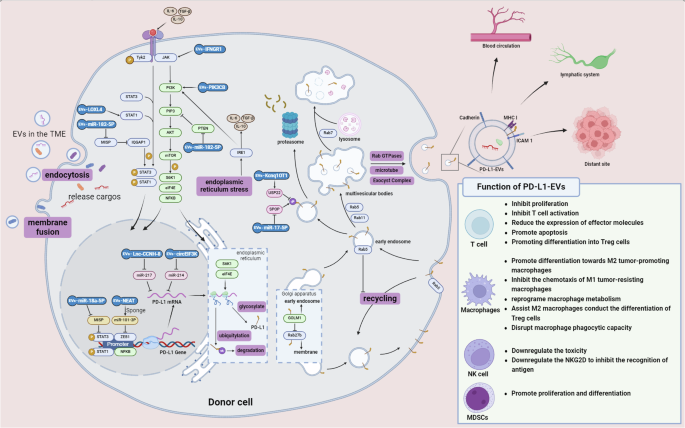- Select a language for the TTS:
- UK English Female
- UK English Male
- US English Female
- US English Male
- Australian Female
- Australian Male
- Language selected: (auto detect) - EN
Play all audios:
Researchers have developed a new technique1 for treating rice mill wastewater . It involves using chitosan — a natural polysaccharide isolated from shrimp shells — as an adsorbent to remove
pollutants from rice mill wastewater. Wastewater from rice mill operations contains high concentrations of organic and inorganic materials, which cause significant environmental pollution.
Current treatment options include using harmful chemicals and expensive methods to treat rice mill effluent. To find an ecofriendly and cheap technique, the researchers investigated using
chitosan as an adsorbent. They carried out experiments using chitosan and rice mill wastewater under different process conditions, namely agitation times of 2–6 minutes, initial pHs in the
range 2.5–6.5, chitosan doses of 400–800 mg/l and settling times between 10 and 30 minutes. The researchers studied the efficiency of chitosan as an adsorbent by measuring the removal
efficiency in terms of chemical oxygen demand (COD) and total suspended solids (TSS). COD reflects the amount of organic pollutants in wastewater and surface water. The results showed that
all four process variables have a significant effect on the removal efficiencies. The optimum process conditions were found to be an agitation time of 4 minutes, an initial pH of 4.5, a
chitosan dose of 600 mg/l and a settling time of 20 minutes. Such optimum process conditions showed high removal efficiencies, resulting in a COD of 98% and a TSS of 95%.





